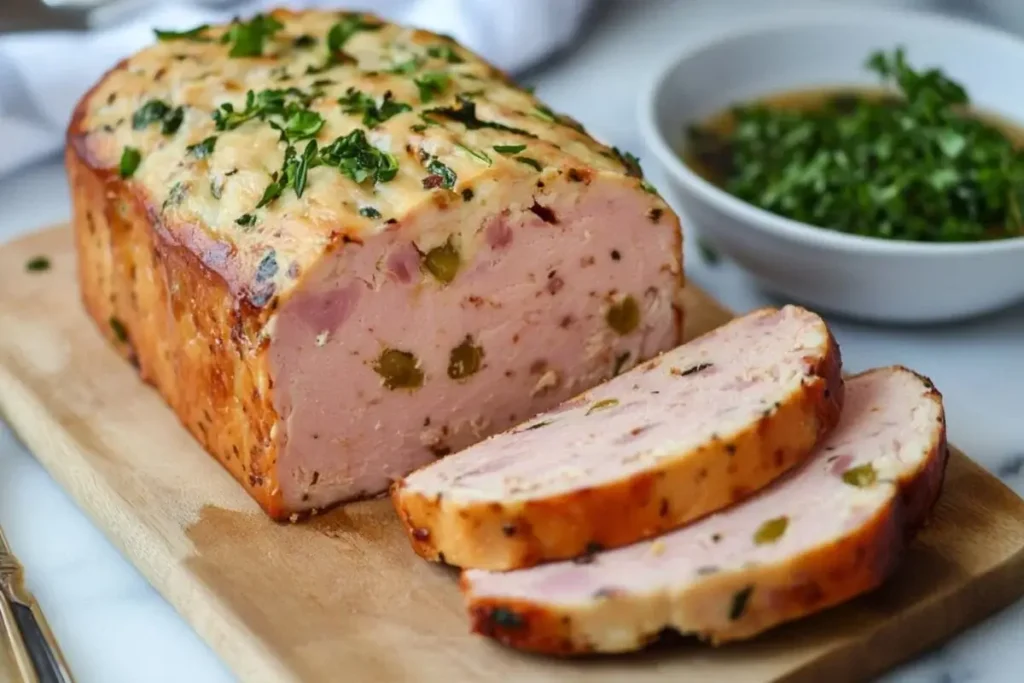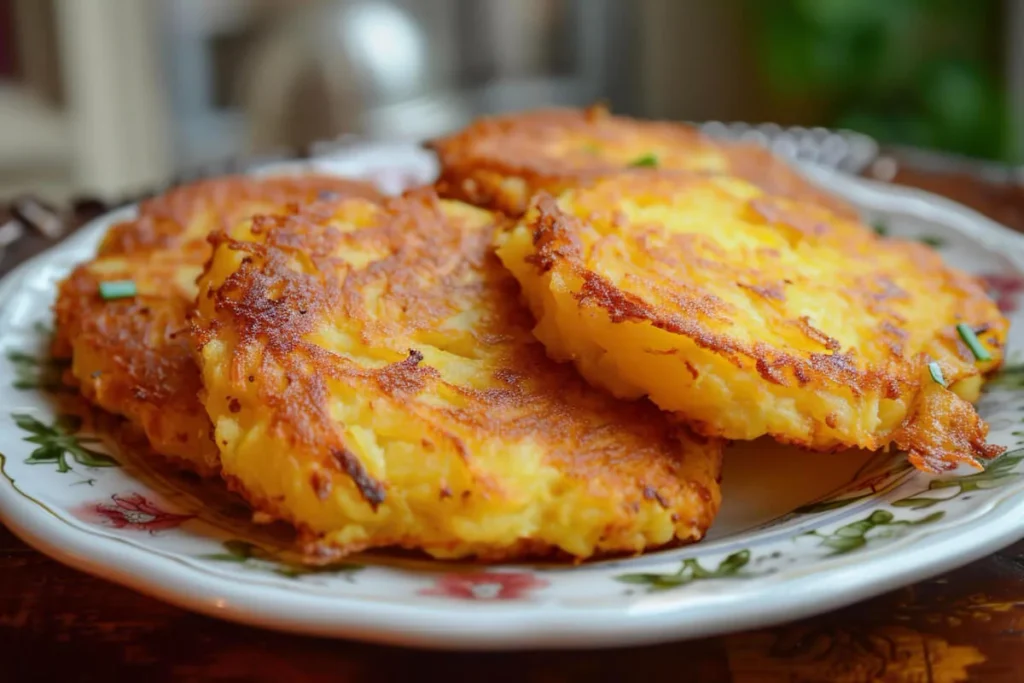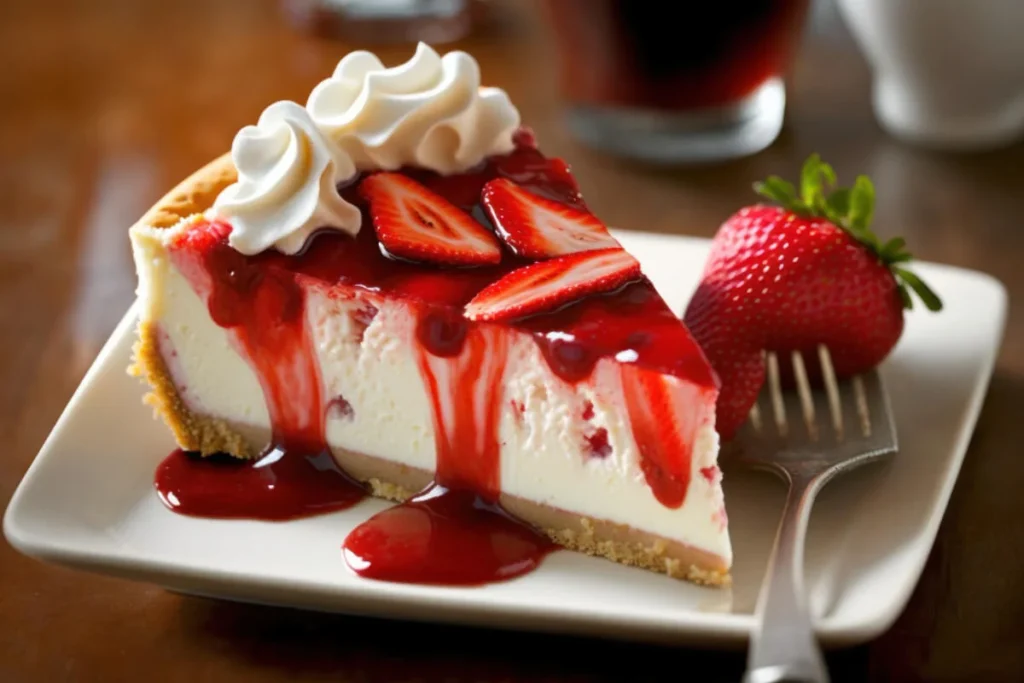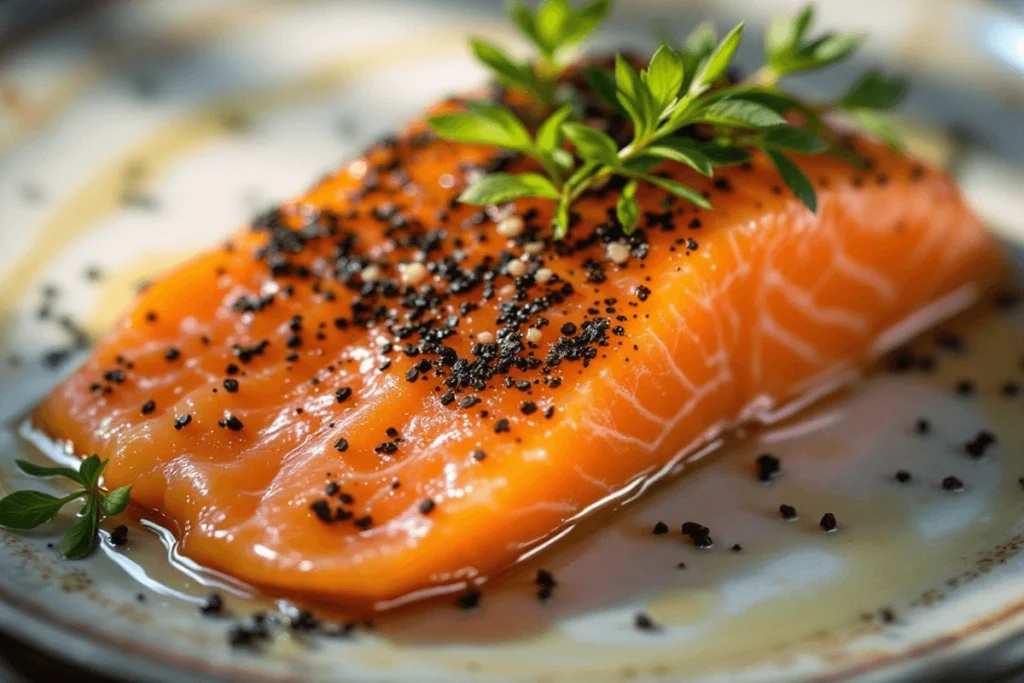
Introduction
Cold smoked salmon is a highly regarded delicacy known for its silky texture, delicate smoky aroma, and rich umami flavor. Unlike hot smoked salmon, which is fully cooked, cold smoked salmon is cured and smoked at low temperatures, preserving its smooth, buttery consistency while enhancing its natural taste.
Why Cold Smoked Salmon is So Special
- Unique Texture – The slow smoking process keeps the salmon tender and velvety.
- Balanced Flavor – A combination of mild smokiness, saltiness, and natural richness.
- Versatile Culinary Use – Enjoyed on bagels with cream cheese, in sushi, pasta dishes, salads, or gourmet appetizers.
- Preserved for Freshness – The curing and smoking process extends shelf life while maintaining high-quality taste.
The History of Cold Smoked Salmon
Cold smoking salmon has deep historical roots, originating as a preservation method that evolved into a refined culinary technique.
Origins: The Scandinavian and European Influence
The origins of cold smoked salmon can be traced back to Scandinavia, Scotland, and other parts of Northern Europe, where smoking fish was essential for survival in harsh climates.
- Scandinavian Traditions: Vikings salted and smoked fish to preserve it for long journeys. Gravlax, a close relative of smoked salmon, was originally cured by burying it in sand with salt and spices.
- Scottish & Irish Influence: Scotland and Ireland became known for their distinct smoking techniques, often using oak or peat wood to create a deep, rich flavor. Scottish smoked salmon remains a world-renowned delicacy today.
- Eastern European & Jewish Traditions: Lox, a brined and cold-smoked salmon, became popular among Jewish communities in Eastern Europe and later in New York City. Bagels with lox and cream cheese remain an iconic dish in Jewish-American cuisine.
How Smoking Became a Preservation Method
Before refrigeration, salting and smoking were essential techniques for preserving fish.
- Salting: Removes moisture, preventing bacterial growth, while enhancing flavor and extending shelf life.
- Cold Smoking: Kept at low temperatures (70–90°F / 21–32°C) to preserve texture while adding smoky depth. This method allowed fish to be stored for weeks or even months without spoiling.
Cold Smoking vs. Hot Smoking: Key Differences
Smoking is one of the oldest methods of preserving and flavoring fish, but not all smoked salmon is the same. The two primary techniques—cold smoking and hot smoking—differ significantly in temperature, process, texture, and flavor.
Temperature and Smoking Process
- Cold Smoking:
- Uses low temperatures (70–90°F or 21–32°C).
- The salmon is cured with salt and sugar before smoking to remove moisture and prevent bacteria growth.
- The smoke flavors the fish without cooking it, keeping it smooth and raw-like in texture.
- The process takes 12–48 hours, depending on the thickness of the fish and desired smokiness.
- Hot Smoking:
- Uses higher temperatures (120–180°F or 49–82°C).
- The salmon is usually brined or dry-cured before being smoked.
- The heat fully cooks the fish, resulting in a flaky, firm texture.
- Smoking time is much shorter—typically 4–8 hours.
Texture and Flavor Profiles
- Cold Smoked Salmon:
- Delicate, silky, and buttery texture, similar to raw fish.
- Mild, balanced smoky flavor without overpowering the natural salmon taste.
- Best served thinly sliced on bagels, salads, sushi, or gourmet appetizers.
- Hot Smoked Salmon:
- Firm, flaky, and slightly drier due to the higher temperature.
- Stronger, more intense smoky taste because the heat allows deeper smoke penetration.
- Often eaten as a main dish, in sandwiches, pasta, or as a salad topping.
Essential Ingredients for Perfect Cold Smoked Salmon
Crafting the perfect cold smoked salmon requires high-quality ingredients and a careful balance of curing and smoking techniques.
Choosing the Right Salmon: Wild vs. Farmed
- Wild Salmon:
- Leaner with a firmer texture and deep red-orange color.
- Has a stronger, more pronounced flavor due to its natural diet.
- Best varieties: King (Chinook), Sockeye, and Coho salmon.
- Farmed Salmon:
- Higher fat content, resulting in a softer, more buttery texture.
- Milder flavor, making it ideal for absorbing smoky notes.
- Best varieties: Atlantic salmon (commonly used for smoked salmon).
The Role of Salt and Sugar in Curing
Curing is essential for cold smoking because it draws out moisture, preserves the fish, and enhances flavor.
- Salt:
- The key ingredient in curing, as it removes moisture and prevents bacterial growth.
- Helps firm up the salmon’s texture.
- Typically used in the form of kosher salt or sea salt—avoid iodized salt as it can add unwanted flavors.
- Sugar:
- Balances the saltiness and enhances the salmon’s natural sweetness.
- Helps retain some moisture to maintain the soft, silky texture.
- Common choices: Brown sugar, white sugar, or maple syrup for a hint of caramelization.
The Best Types of Wood for Smoking
The choice of wood greatly impacts the flavor profile of the smoked salmon.
- Mild Woods (Best for Delicate Flavor)
- Alder – The traditional choice for smoked salmon, offering a mild, slightly sweet taste.
- Applewood – Adds a touch of fruity sweetness without overpowering the fish.
- Medium Woods (For a Balanced Smokiness)
- Cherrywood – A smooth, slightly sweet smoke with a rich aroma.
- Oak – Provides a stronger, earthy flavor while still complementing the salmon’s natural taste.
- Strong Woods (Use in Small Amounts for Bold Flavor)
- Hickory – Rich, deep smokiness but can be overpowering if used too heavily.
- Mesquite – Very intense; best mixed with milder woods for balance.
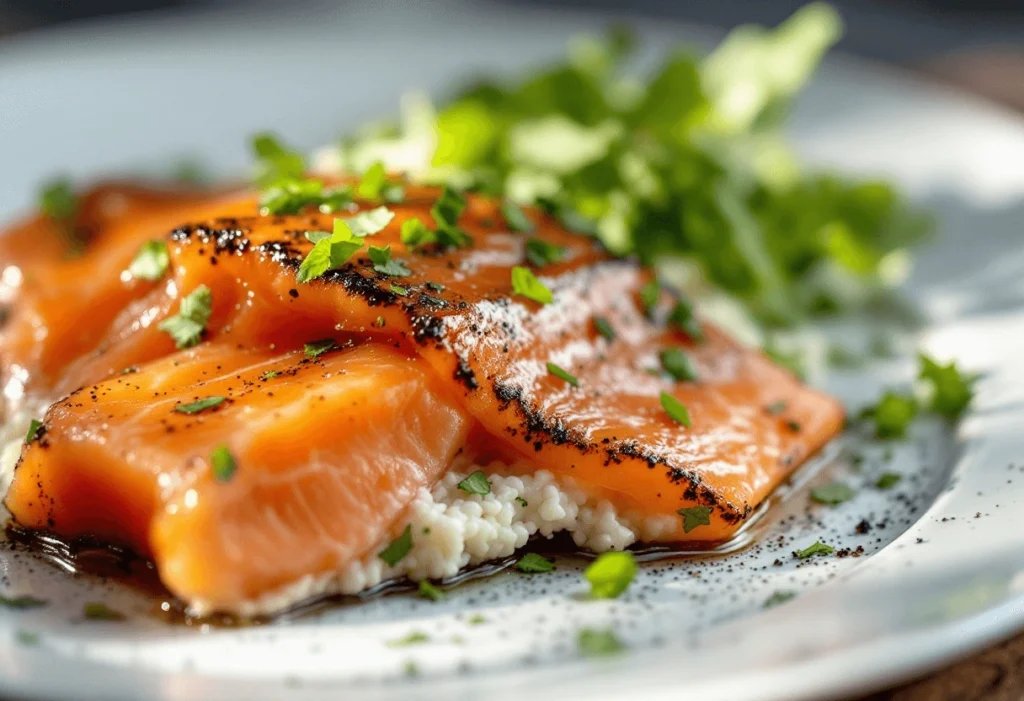
Step-by-Step Process for Making Cold Smoked Salmon
Cold smoking salmon is a slow and precise process that involves curing the fish, smoking it at low temperatures, and allowing the flavors to develop gradually. Unlike hot smoking, cold smoking does not cook the salmon but enhances its delicate, silky texture and smoky depth. Here’s a step-by-step guide to making perfect cold smoked salmon at home.
Dry Brining: How to Properly Cure the Salmon
Curing is the most important step in cold smoking because it removes moisture, enhances flavor, and preserves the fish.
Ingredients for Dry Brine
- Kosher salt or sea salt (3 parts)
- Brown or white sugar (1 part)
- Optional spices and aromatics: Black pepper, dill, lemon zest, or crushed juniper berries
How to Cure the Salmon
- Prepare the Fillet:
- Use a high-quality, skin-on fillet (wild or farmed, depending on preference).
- Check for pin bones and remove them with tweezers.
- Apply the Dry Brine:
- In a shallow dish or tray, sprinkle a layer of salt and sugar mixture.
- Place the salmon fillet skin-side down and coat the top generously with the remaining cure mix.
- Add any optional seasonings for extra depth of flavor.
- Wrap and Refrigerate:
- Tightly wrap the salmon in plastic wrap or place it in a zip-top bag.
- Set the fillet in a dish to catch any liquid and refrigerate for 12–24 hours (longer curing leads to a firmer texture).
- Rinse and Dry:
- After curing, rinse off excess salt under cold water and pat the salmon dry with paper towels.
- Place the salmon on a rack, uncovered, in the refrigerator for 12–24 hours to form a thin, tacky surface called the pellicle, which helps absorb smoke evenly.
Setting Up the Smoker for Low-Temperature Smoking
Unlike hot smoking, cold smoking requires precise temperature control to prevent cooking the fish.
Smoker Setup
- Ideal smoking temperature: 70–90°F (21–32°C)
- Smoking time: 12–24 hours, depending on thickness and desired smokiness
Cold Smoking Methods
- Dedicated Cold Smoker: Designed for maintaining low temperatures.
- Smoke Generator Attachment: Converts a traditional smoker into a cold smoker.
- DIY Cold Smoking Setup: Use a grill or smoker with a smoke tube or tray to produce cold smoke while keeping the heat source separate.
How to Maintain Low Temperatures
- Smoke during cooler parts of the day or in a shaded area.
- Use ice packs or a pan of ice inside the smoker to regulate temperature.
- Keep the smoking chamber well-ventilated to prevent heat buildup.
Smoking Techniques: Achieving the Perfect Flavor
Once the smoker is set up, it’s time to infuse the salmon with rich, natural smokiness.
Best Woods for Cold Smoking Salmon
- Mild woods: Alder, apple, cherry (best for a subtle, smooth smoke).
- Medium woods: Oak, maple (for a balanced, slightly stronger flavor).
- Avoid strong woods like mesquite or hickory, which can overpower the delicate salmon.
How to Smoke the Salmon
- Place the salmon in the smoker skin-side down on a wire rack.
- Smoke for 12–24 hours, depending on the desired depth of smokiness.
- Check periodically to ensure the temperature remains below 90°F.
- Resting Period: After smoking, let the salmon rest in the refrigerator for another 12–24 hours to allow the flavors to develop fully.
Expert Tips for Achieving the Best Cold Smoked Salmon
Mastering cold smoked salmon requires patience and precision. Here are some expert tips to help you get the best results.
How to Prevent Over-Salting
- Use the right cure ratio (3:1 salt to sugar) to avoid excessive saltiness.
- Do not cure for too long—12 to 24 hours is ideal, depending on fillet thickness.
- Rinse thoroughly after curing to remove excess salt before smoking.
- If the salmon is too salty after curing, soak it in cold water for 30–60 minutes before drying.
Achieving the Perfect Silky Texture
- Use high-quality, fatty salmon (such as wild King or farmed Atlantic) for the best mouthfeel.
- Let the pellicle form properly before smoking to ensure even smoke absorption.
- Smoke at low temperatures (never exceeding 90°F) to maintain the raw, buttery texture.
- Slice thinly with a sharp knife to enhance the delicate experience when eating.
Common Mistakes and How to Avoid Them
Mistake: Temperature Too High
- Problem: Cooking the fish instead of cold smoking.
- Solution: Monitor temperature carefully and use ice packs if necessary.
Mistake: Not Allowing the Pellicle to Form
- Problem: Smoke does not adhere well, leading to uneven flavor.
- Solution: Let the salmon dry uncovered in the fridge for 12–24 hours before smoking.
And Mistake: Overpowering Smoke Flavor
- Problem: Using too much smoke or overly strong wood.
- Solution: Stick to mild or medium woods and limit smoke exposure to 12–24 hours.
Creative Ways to Use Cold Smoked Salmon
Cold smoked salmon is a versatile delicacy that enhances both simple and gourmet dishes with its silky texture and delicate smoky flavor. Whether served as a classic breakfast option or incorporated into elegant appetizers, here are some of the best ways to enjoy cold smoked salmon.
Classic Bagels with Cream Cheese and Capers
One of the most iconic ways to enjoy cold smoked salmon is on a toasted bagel with cream cheese, capers, and red onions.
How to Make It:
- Toast a plain, sesame, or everything bagel.
- Spread a generous layer of plain or herbed cream cheese.
- Add thinly sliced smoked salmon.
- Garnish with capers, red onion slices, and fresh dill.
- Optional: Add a squeeze of lemon juice for extra brightness.
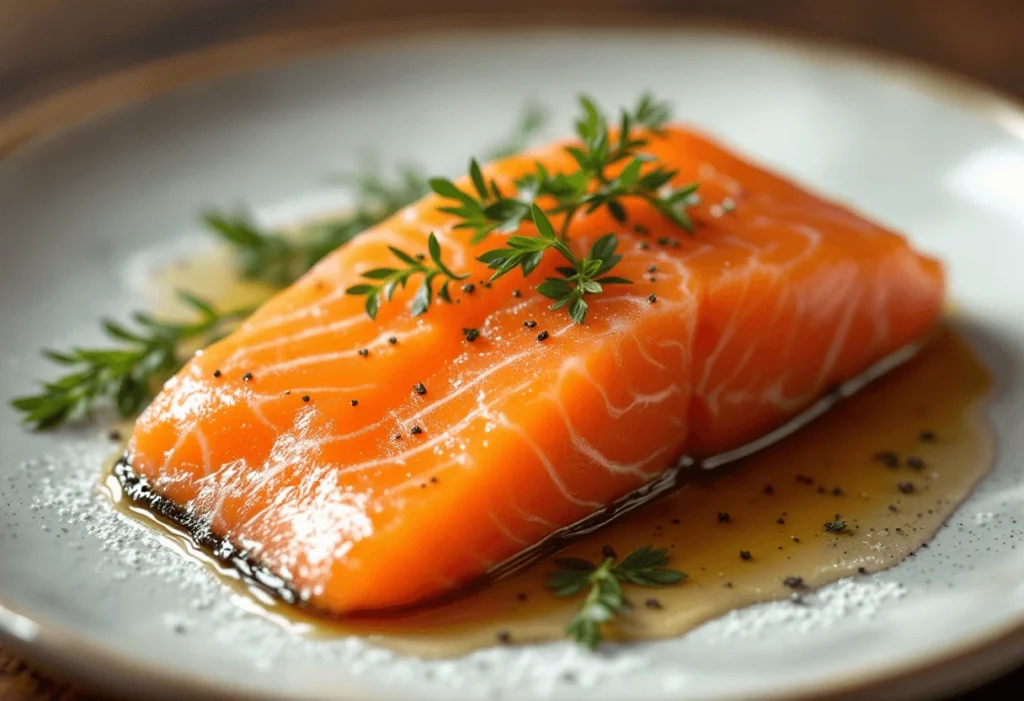
Sushi and Sashimi-Inspired Dishes
Cold smoked salmon is perfect for sushi-inspired dishes because of its smooth, raw-like texture.
Creative Sushi Dishes:
- Smoked Salmon Nigiri: Place a thin slice of smoked salmon over sushi rice, garnish with wasabi and soy sauce.
- Smoked Salmon Maki Rolls: Roll smoked salmon with sushi rice, avocado, and cucumber inside a nori seaweed sheet.
- Smoked Salmon Sashimi: Serve thin slices of salmon with ponzu sauce, sesame seeds, and shredded daikon radish.
Cold Smoked Salmon Salads and Pasta
Smoked salmon pairs well with fresh greens, creamy dressings, and light pasta dishes.
Smoked Salmon Salad:
- Base: Mixed greens or arugula.
- Add-ins: Cherry tomatoes, avocado, red onions, cucumbers.
- Dressing: Lemon vinaigrette or a creamy dill dressing.
- Garnish: Capers, hard-boiled eggs, and toasted pine nuts.
And Smoked Salmon Pasta:
- Cook pasta (linguine or fettuccine) and toss with a lemony cream sauce.
- Add sliced smoked salmon just before serving.
- Garnish with fresh dill, lemon zest, and cracked black pepper.
How to Store and Keep Cold Smoked Salmon Fresh
Proper storage is essential to maintain the freshness and delicate texture of cold smoked salmon. Follow these best practices to ensure it stays flavorful and safe to eat.
Refrigeration vs. Freezing: Best Practices
Refrigeration (For Short-Term Storage):
- Keep unopened smoked salmon in the coldest part of the fridge (32–38°F / 0–3°C).
- Once opened, consume within 3–5 days for the best quality.
Freezing (For Long-Term Storage):
- If not consuming within a few days, freeze it to extend its shelf life.
- Wrap smoked salmon tightly in plastic wrap, then place it in a freezer bag or airtight container.
- Can be stored for up to 3 months in the freezer.
Thawing Instructions:
- Transfer frozen salmon to the refrigerator overnight to thaw gradually.
- Avoid thawing at room temperature, as this can cause bacterial growth.
How to Maintain Freshness After Opening
Once opened, cold smoked salmon can dry out quickly if not stored properly.
Best Practices:
- Wrap tightly in plastic wrap or parchment paper, then store in an airtight container.
- Keep in the coldest part of the refrigerator.
- For extra freshness, place a damp paper towel in the container to maintain moisture.
- Avoid exposure to air, as oxidation can affect taste and texture.
Signs of Spoilage:
- Slimy texture or strong, sour smell means the salmon has gone bad.
- Discoloration or excessive dryness indicates loss of freshness.
FAQs
What’s the best wood for smoking salmon?
The type of wood used for smoking greatly affects the flavor profile of cold smoked salmon. The best choices provide a mild to medium smokiness without overpowering the delicate fish.
Best Woods for Cold Smoking Salmon:
- Alder – The traditional choice for smoked salmon, offering a smooth, slightly sweet, and mild smokiness.
- Applewood – Adds a light, fruity note that complements the natural richness of salmon.
- Cherrywood – Provides a mild, slightly sweet, and well-balanced smoke.
- Oak – A medium-strength wood that delivers a deeper, more robust smoky flavor.
Woods to Avoid:
- Mesquite and hickory – Too strong and can overwhelm the salmon’s delicate taste.
Is cold smoked salmon safe to eat raw?
Cold smoked salmon is technically not raw, but it is not fully cooked either. Instead, it is cured with salt and then smoked at low temperatures (70–90°F / 21–32°C), which preserves it without cooking.
Safety Considerations:
- Commercially produced cold smoked salmon is safe to eat because it follows strict food safety regulations.
- Homemade cold smoked salmon must be properly cured and stored to prevent bacterial growth.
Who Should Be Cautious?
- Pregnant women, young children, the elderly, and people with weakened immune systems should avoid cold smoked salmon due to the small risk of Listeria contamination.
How do I reduce the saltiness of cold smoked salmon?
If your cold smoked salmon tastes too salty, you can reduce its saltiness using a few simple methods.
Ways to Reduce Saltiness:
- Rinse with cold water – Gently rinse the salmon under cold running water for a few seconds and pat dry with a paper towel.
- Soak in milk or water – Submerge slices of salmon in cold milk or water for 15–30 minutes, then pat dry. The liquid will help draw out some of the excess salt.
- Pair with mild ingredients – Serve with cream cheese, unsalted crackers, or fresh greens to balance the flavor.
What’s the best way to serve cold smoked salmon at a party?
Cold smoked salmon is a perfect appetizer for gatherings because it’s elegant, flavorful, and easy to prepare.
Best Ways to Serve It at a Party:
- Salmon Canapés: Serve thin slices of salmon on crackers, crostini, or cucumber rounds with cream cheese and dill.
- Bagel and Lox Platter: Arrange mini bagels, smoked salmon, cream cheese, capers, and red onions for a build-your-own experience.
- Sushi-Inspired Bites: Roll smoked salmon with cream cheese and avocado in thin cucumber slices for a fresh, low-carb appetizer.
- Smoked Salmon Dip: Blend smoked salmon with cream cheese, lemon juice, and herbs for a creamy dip served with crackers or veggies.
Garnish Ideas:
- Fresh dill or chives
- Lemon wedges
- Black pepper and capers
- Microgreens or arugula
Conclusion
Cold smoked salmon is a timeless delicacy known for its silky texture, rich umami flavor, and delicate smokiness. Its versatility allows it to be enjoyed in classic dishes like bagels and sushi or incorporated into gourmet appetizers, salads, and pasta.
Mastering the art of cold smoking requires careful curing, smoking, and storage techniques to achieve the perfect balance of flavor, texture, and freshness. Choosing the right type of salmon, using quality wood for smoking, and following proper food safety guidelines ensures a high-quality result every time.
Viral Tuna Salad: 5 Bold Reasons Matthew McConaughey’s Recipe Wins
Healthy Homemade Chicken Mortadella
Chicken Mortadella changed my deli game forever. I used to stare at processed meat…
The BEST Taco Pasta
When I’m short on time and need to get a satisfying dinner on…
Classic German Kartoffelpuffer Recipe (Authentic, Crispy & Easy to Make)
Easy Butter Pecan Cookies Recipe
There’s something undeniably comforting about the scent of buttery, nutty cookies wafting from…
Perfect Strawberry Cheesecake Recipe
If there’s one dessert that’s guaranteed to silence a lively room, it’s this…


